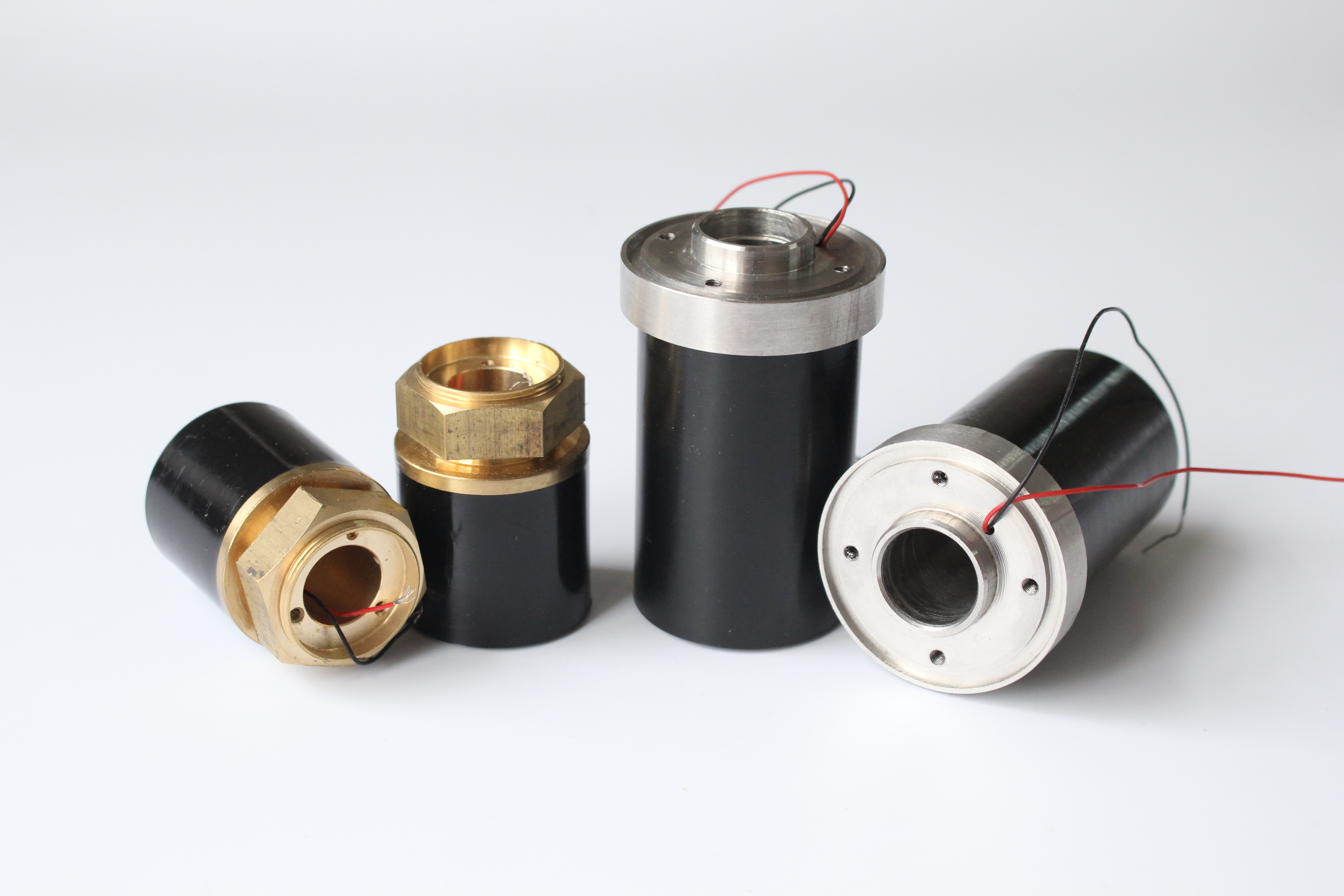Yuhai company offer custom services including piezo ceramic elements and piezo transducers, Yuhai people work closely with individual customers to provide solutions. We offer engineering support services including material selection, component design assistance, device and system modeling and failure analysis.
We hope to be your best supplier with the elements of superior performance and reliability, lowest prices, most rapid delivery times and the best customer service.
Ultrasonic Transducer,Piezo Transducer,Ultrasonic Distance Sensor,Piezoelectric Transducer Zibo Yuhai Electronic Ceramic Co., Ltd. , https://www.yhpiezo.com

Questions and Answers: Why are so many live broadcasts in Internet set-top boxes not visible?
In short, the state has clearly stated that Internet set-top boxes are not allowed to provide live broadcast services. This was once due to lax supervision, but now it's a major issue that authorities are actively investigating and taking action against.
Once again, let's clarify: What exactly are DTV, IPTV, OTT, and OTV?
DTV stands for Digital Television, which refers to traditional cable TV systems operated by state-owned companies in each province. These systems have evolved to include smart set-top boxes with Android-like interfaces.
IPTV is a private IP-based television service provided by telecom operators like China Telecom, China Unicom, and China Mobile. To access IPTV, you need broadband from your local provider, and the service must be installed at your home. Note that although China Mobile offers similar services, they are not considered IPTV—instead, they fall under illegal OTT services.
OTT, or Over-the-Top, refers to Internet TV services such as Xiaomi boxes, Huawei boxes, and smart TVs. Unlike IPTV, OTT does not require an account with a local company; you can simply connect via Wi-Fi.
OTV is generally understood as Internet video content, primarily accessed through computers and mobile devices.
Although IPTV and OTT are separate entities, their treatment and regulation differ significantly. IPTV has formed a strong alliance with the state media (first-tier broadcast control) and local TV stations (second-tier broadcast control), creating a stable "iron triangle" of cooperation. This structure allows them to align with broader national interests and gradually gain more influence. While there may be internal power struggles, the three sides work together effectively when faced with external challenges, especially as new players enter the media landscape, threatening the dominance of traditional TV.
OTT, on the other hand, was originally associated with several key players, including Future Television, BesTV, Hua Digital Media, South Media, Mango TV, Guo Guang, and Yang Guang. These companies were linked to local consortiums (B, A, T, M, L). Through policy and financial frameworks, they aimed to create a new interest model for virtual operators. However, these consortia also had their own agendas, and their cooperation was often loose and uncoordinated. The alliance between gatekeepers and financial groups appeared strong, but lacked deep political support and sensitivity. This made them vulnerable to both vested interests and potential political missteps. As a result, traditional TV networks viewed them as rivals, and only those who aligned with the state were seen as true allies. They were closely monitored and often targeted, making OTT’s growth challenging over the years.
Meanwhile, the digital TV sector has been watching the rise of IPTV with growing concern. It seems that the leadership has become uneasy about the expansion of IPTV and its impact on the market. However, due to the entrenched position of the traditional sector, there hasn't been much innovation or strategic development. Most actions taken so far have been based on policy enforcement and the promotion of broadband services, which, while seemingly targeted, could hinder long-term market growth. One of the main issues with the big players in the digital TV space is that they often confuse tactical moves with real strategy, sticking to old methods without evolving.
In reality, I don’t fully recognize the current division of roles between radio and television. After all, state-owned enterprises are deeply rooted and won’t be abandoned quickly.
IPTV is just a secondary service for telecom operators to increase user engagement, and it’s unlikely to see major growth.
OTT, meanwhile, is expanding rapidly and is currently undergoing a period of regulatory review and restructuring.
For more information on smart TVs and set-top boxes, visit Smart TV/box information network sofa butler (http://), China's influential TV box and smart TV website, providing updates, communication, and resources on TV boxes, smart TVs, and related software. Get answers to your questions here.